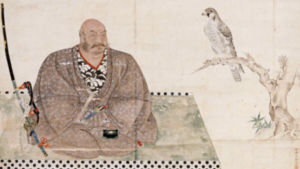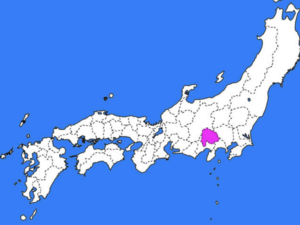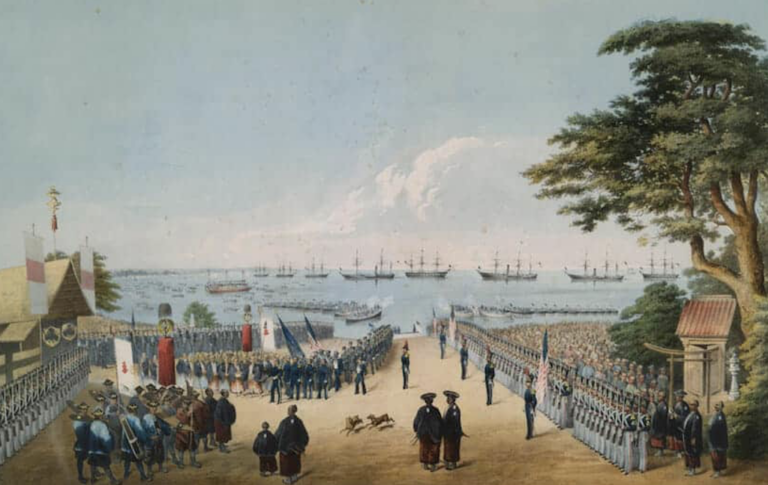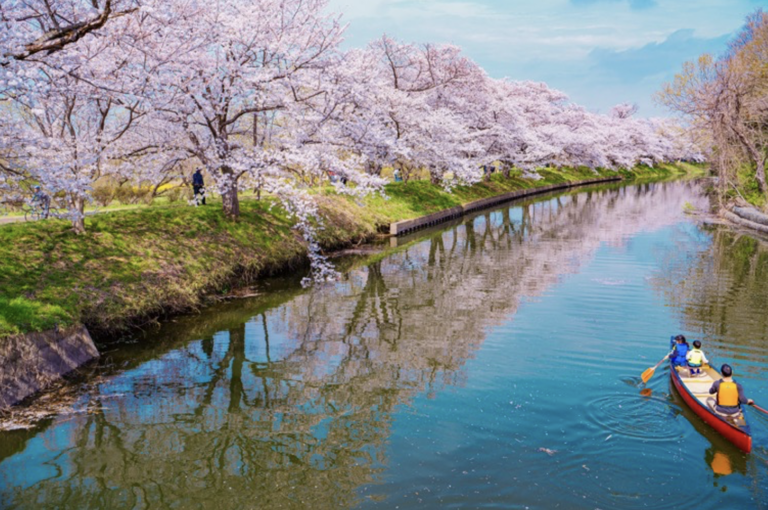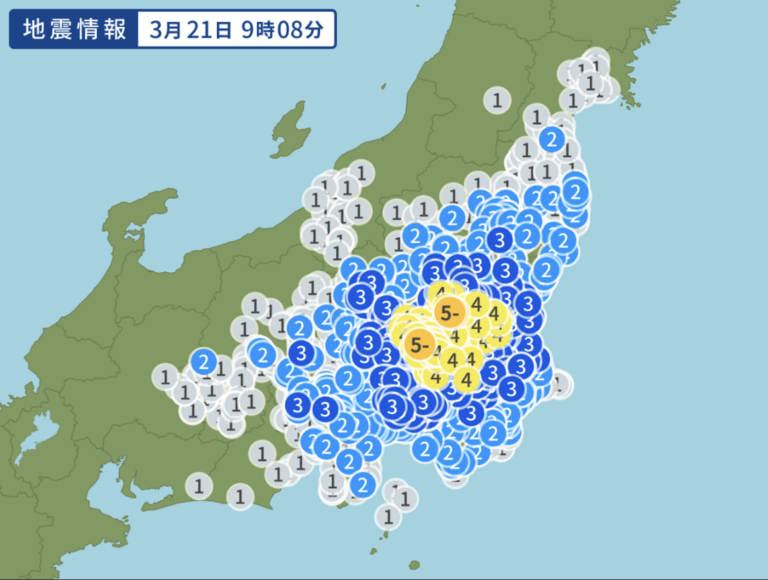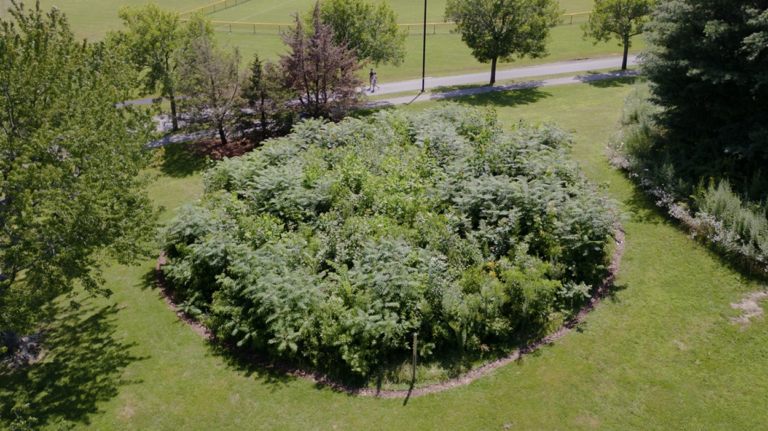Seeking an equal relationship with the enemy, that is the samurai. And miso that developed from there “Send salt to the enemy”
There is a proverb in Japan.
It means to make the enemy not at a disadvantage, or rather, to be advantageous, but the original etymology is slightly different.
It is a word that was born from the masculine relationship between samurai, but let’s talk about it in detail this time.
It was a time when samurai were divided into small countries and fought for Japan unification.
The person who had the most momentum that attracted the attention of all of Japan was this Shingen Takeda.
His base is Kai no Kuni.
Here is a look at the map. It is located in present-day Yamanashi Prefecture.
Yes, it is a country without an ocean.
Salt is indispensable for human beings to live.
There were samurai who planned to stop the salt and prevent Takeda Shingen from fighting.
In a way, it’s the right decision.
Otherwise, Shingen Takeda’s rapid progress is unlikely to stop.
The southern side of Kai Province first banned the sale of salt.
And when I told the head of the place located on the north side, Uesugi Kenshin, to go along with him, Uesugi Kenshin told Takeda Shingen on the contrary.
“Fighting is a battle with troops.
We don’t stop selling salt. So buy from us as much as you want.
I will also give instructions to the merchant so that it does not become high-pitched. “
He is said to have told them:
I didn’t give it as a gift, and on the contrary, I didn’t make a profit by making it treble, I just treated it normally.
But isn’t Uesugi Kenshin, who didn’t try to trap his opponent in a cowardly way, too cool?
Shingen Takeda is now out of his predicament, but he feels that it is dangerous to rely on the acquisition of salt from other countries, so he begins to focus on making miso.
Miso contains a lot of salt.
It’s called Shinshu miso, and this area is still famous for its miso.
In addition, the preservation method is also a unique culture.
If you carry miso as it is, it will lose its freshness.
Therefore, the taro stems are dried, soaked in miso and sake, and dried thoroughly.
It was called imogara rope and was used as a normal rope in battle.
And when it comes time to eat, you can untie this rope and boil it to get a miso flavor and replenish salt.
We also make miso that is completed while traveling.
If you grind the boiled beans that are the raw material, mix the noodles, hang them on your waist and set off, the miso will be ready by the time you arrive at the battlefield.
Fu is made by kneading wheat flour with water and is often used for miso soup and hot pots.
By the way, Takeda Shingen and Uesugi Kenshin have five major battles.
The two competed as good rivals.
There seems to have been a sense on both sides that they would not unfairly entrap the other.
A samurai-like episode, and the ridiculous evolution of miso that was born from it.
Don’t you think it’s a typical Japan episode?
In today’s world, business is the place of battle, not military force.
Again, I would like you to fight with the spirit of “sending salt to the enemy” and win.
ABE KENGO


